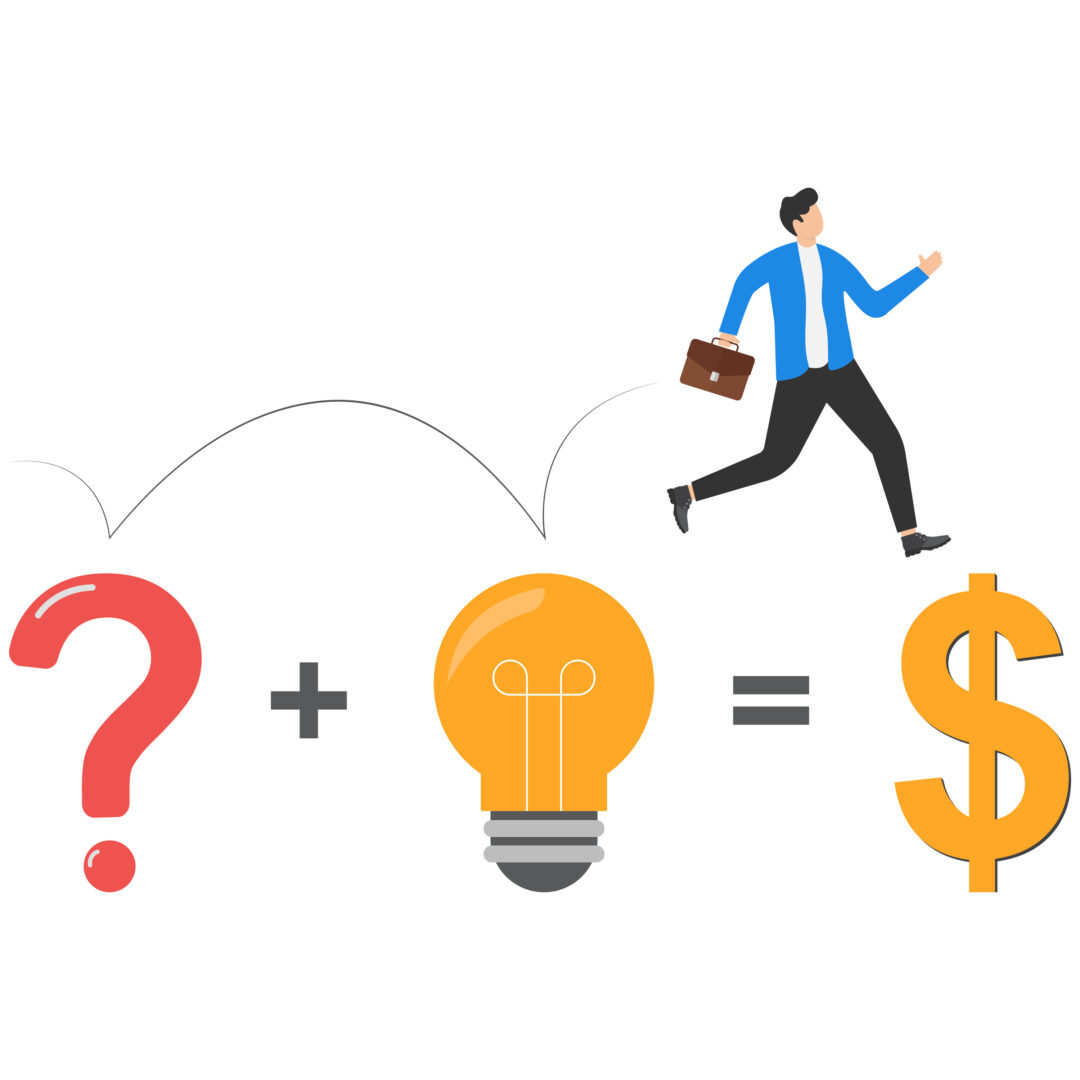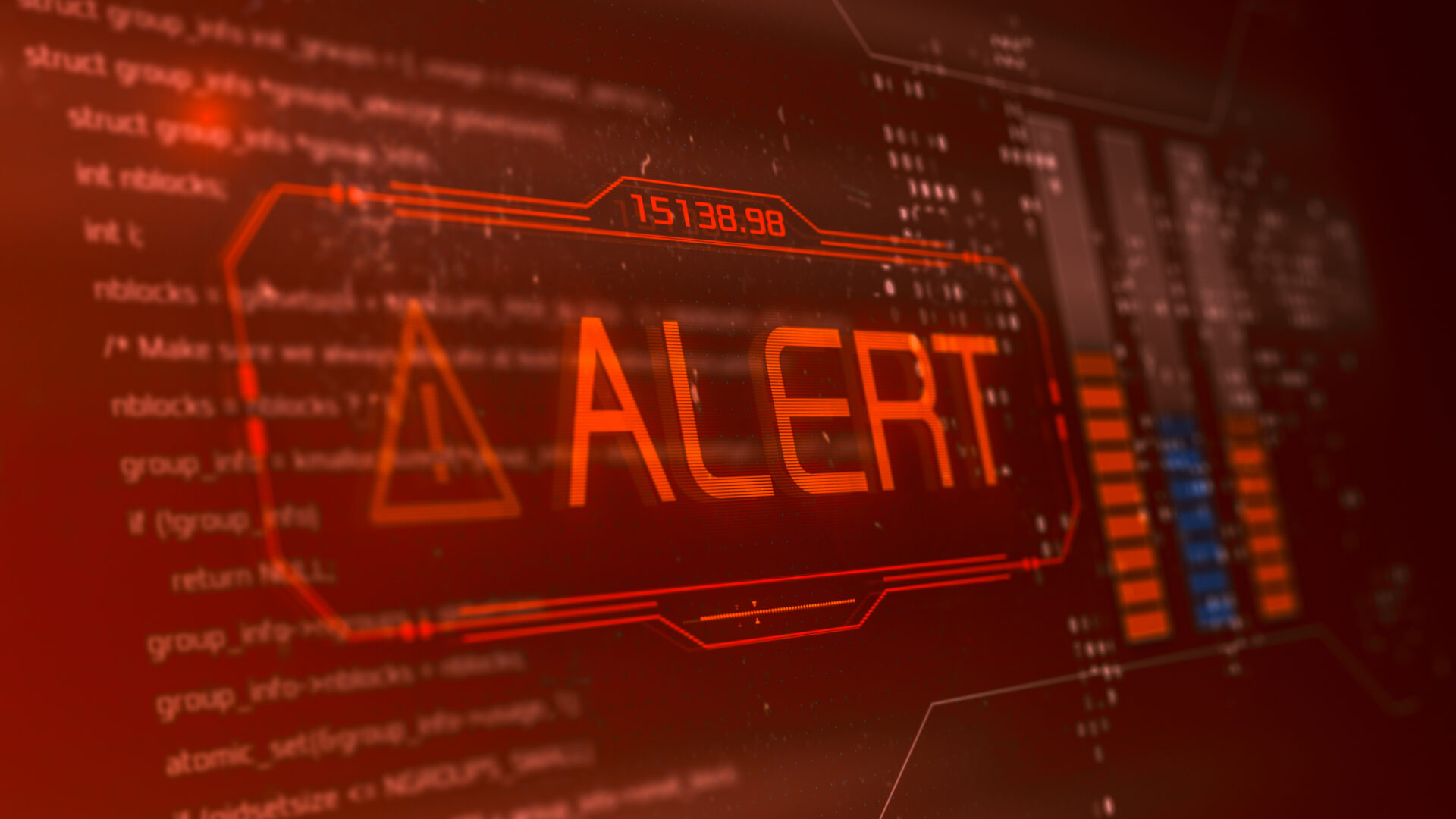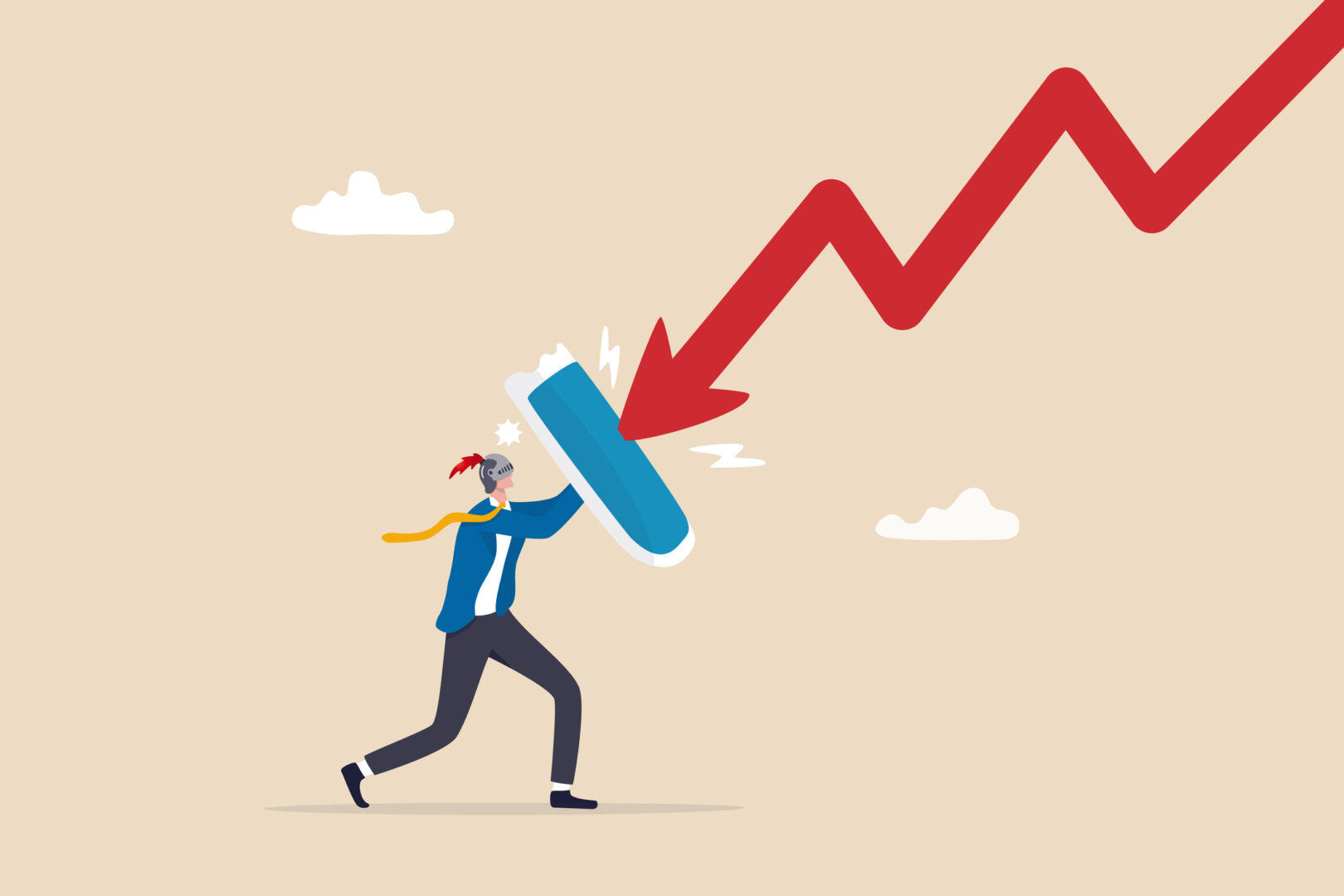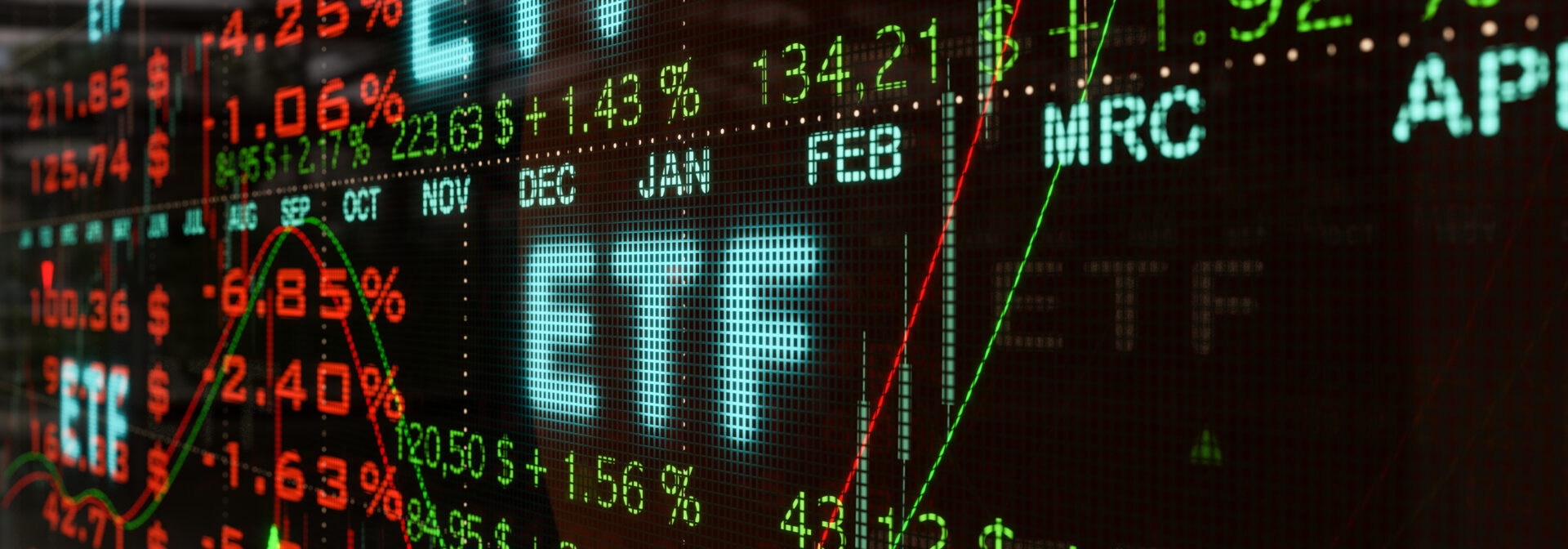Where can I research to select the best ETFs? How should I go about purchasing them? Well, let me tell you: it’s much simpler than you think.
We’ve already looked at the first aspect concerning management, whether active or passive. Now it’s time to take another step forward.
Where to Find the Best ETFs
The first question concerns screening activity. For many years, I have used the website justetf.com in its free version. It seems simple and intuitive to me, and there are certainly other equally valid platforms. This is a personal finance blog, so I’m simply recommending products that I use regularly, am familiar with, and am satisfied with, without any ulterior motives. At this stage, what matters is having a platform with a comprehensive database for screening. What you need is to quickly identify the product and have its ISIN (International Securities Identification Number) and, if possible, also the KID (Key Information Document). During your initial research, just pay a little attention.
Where to Buy an ETF
The second question pertains to purchasing. After identifying the ETF, you cannot buy it directly from the issuing company, such as BlackRock; you will need a financial intermediary, such as a bank or a broker.
We will cover this aspect in a later article. If it helps, I started using Fineco and then, as I became more experienced, I switched to Interactive Brokers.
Accumulation vs Distribution
The choice between accumulation and distribution concerns the utilization of the financial instrument’s profits. In the case of a stock index, such profits are dividends. During screening, you will likely find the same index, for simplicity the S&P 500, in both versions.
To best leverage the power of compound interest, you should choose the accumulation version. The second advantage is that the product is more tax-efficient. Until you decide to sell, you won’t pay taxes.
Size
In finance, size matters. The advantage of having a very large ETF, for example, iShares MSCI World, which constitutes 50% of my portfolio as I write this, is that the fund size is 68.704 billion of euros
Size certainly impacts liquidity. This means you can buy or sell it at any time without significant bid/ask spreads. Additionally, with a long-term perspective of “buy and hold”, the risk of ETF liquidation is minimal. To avoid practical issues, I prefer to include ETFs in my portfolio that have at least a size of €500 million and are five years old.
Replication Method
There are multiple types of index replication, with the main categories being physical or synthetic, and then there are subcategories.
Physical means that the ETF holds “physically” the underlying stocks, for example, in the case of the S&P 500, all the companies that make up the index. Sometimes this is not possible or is excessively costly, so derivatives are used or optimized sampling is done. I believe it is always better, where possible, to have a physically replicated instrument because the tracking error is minimal. In physically replicated ETFs, the asset management company (e.g., BlackRock Asset Management) actually owns the market securities being replicated and deposits them with a custodian bank (e.g., State Street Custodial Services) that certifies their purchase.
Aside from these technical aspects, the most important thing is that these securities constitute a separate asset from that of the issuing company. For this reason, should the issuer fail—an extremely rare event—your money would be safe. All this information is available in the KID.
How I Choose the Best ETFs
To summarize, the ETFs I regularly buy and that are part of my portfolio, besides having very low costs, have the following characteristics:
- passive management;
- reinvest dividends (Accumulation);
- capitalization of at least 500 million;
- minimum of 5 years of existence;
- physical replication.
If you’ve reached the end of this article, you might be wondering: why has my bank never mentioned this?
We will complete this brief guide by analyzing the most important variable that can make a difference in the long term and when your wealth starts to grow, which is the cost (TER).
PS: I almost forgot… the main reason why it is very unlikely that your bank will recommend this type of investment is precisely the low costs of ETFs.
On avance!










